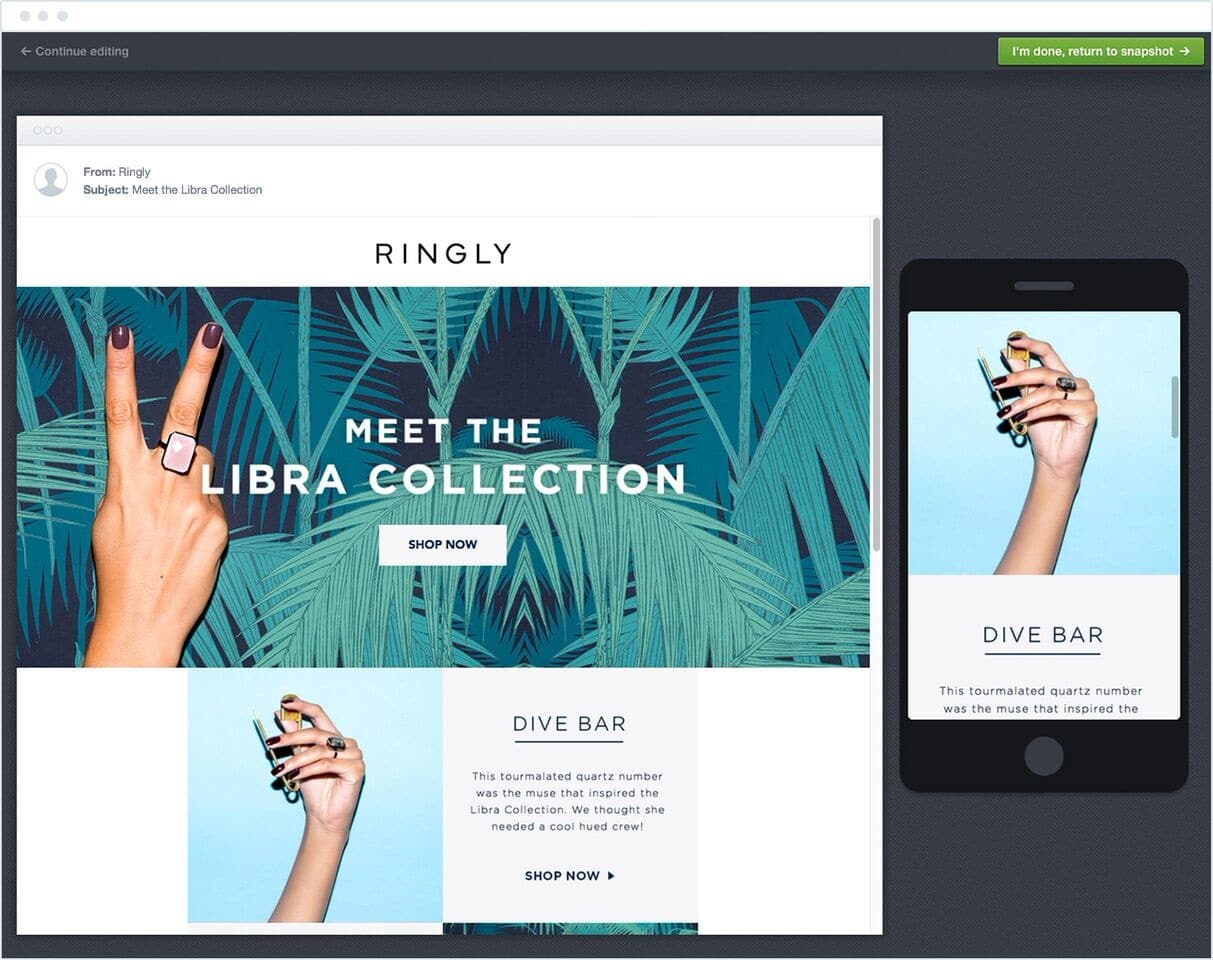4 Mobile Email Marketing Stats to Make You Think
The influence of mobile is evident, and email is one aspect of your marketing plan that is impacted by it. The effect is beneficial, but making the most of these new technologies necessitates adopting mobility. It is no more an issue of whether or not to include mobile, but of how.
Mobile email is an excellent place to begin. You’re already behind the curve if you’re still avoiding mobile or don’t grasp how it might affect your business. So, read quickly, take notes, and start considering mobile email right now with these essential figures.
1. Emails that appear erroneously on mobile devices may be erased in three seconds (Adestra))
The most common criticism about mobile email is poor formatting. If an email looks bad, no matter how wonderful the content is, it’s likely to be deleted in less than three seconds (in more than 70% of instances). As many as 15% of people will unsubscribe rather than delete. Overall, it represents an 85% decrease in prospective clients on mobile.
What constitutes bad mobile email formatting?
- Images that are too big or too little
- Too much text with insufficient breaks
- Layouts with many columns (without a responsive template)
- There is no alt text (for when signals are poor)
So, how can you ensure that your emails are properly structured and will not be deleted? Purchase a responsive email template and test it.
Even with an email template, you must keep an eye on picture sizes and ensure that your content is properly broken up. It’s also a good idea to utilize buttons instead of links for your CTAs. Links are difficult to touch on and usually need resizing or zooming in.
2. A customer using a mobile device influences 37% of in-store retail purchases. (Deloitte)
When it comes to mobile and shopping, customers speak loudly and clearly. Even when customers buy in-store, there’s a good likelihood that they were influenced by some type of mobile or internet engagement.
Mobile may be used to influence planned purchases as well as spur-of-the-moment purchases. In a poll of over 2,000 American customers, 38% said they purchased a product after seeing or reading about it in a marketing email on their mobile phone. In-store transactions accounted for 45% of all purchases.
The following are three of the most prevalent reasons why individuals use their smartphone when shopping in a real store:
- To do more research on that product and similar items in order to discover the perfect match for their requirements
- To look for any specials or discounts given by the shop, or to compare prices online
- Check to discover whether the business offers self-service checkout by mobile device (a relatively new option for some stores that is gaining traction)
3. Mobile emails are now more often opened than desktop emails (eMailmonday)
The number of emails opened on mobile varies based on criteria such as the email recipient’s age, the style of email (direct sale, newsletter, or otherwise), the type of product or business, and so on. While open rates are impacted by a variety of variables, and various sources report varying mobile email open rates, we may make a few general conclusions:
- Almost every email open rate study finds that mobile accounts for at least 50% of all openings.
- Younger generations open mobile emails at a far greater rate than older generations.
- IT, B2B, and wholesale enterprises have the lowest mobile email open rates, but TV/radio/film, events, and real estate are among the most successful mobile email campaigns.
The influence of mobile on email marketing is obvious, particularly if the desired target demographic is young (i.e., under 34-years-old).

4. Mobile users check their email three times more often (Google)
The bulk of time spent on mobile devices is spent within applications. More than 70% of individuals read their email using a mobile app, with the majority reading their email first thing in the morning.
What does this have to do with you? To begin, you must ensure that your emails are mobile-friendly, so test them before sending and ensure that they appear nice on numerous displays.
Next, make sure your emails are sent at the appropriate times. Yes, the biggest rates of mobile email opening occur in the middle of the day. If your material is time-sensitive, however, mobile users are likely to be the most responsive group.
Almost three out of every four individuals will check their inbox many times every day (or as new emails arrive). The vast majority of desktop users check their email once a day or less.
Wrap up
Your target consumers are increasingly adopting mobile devices, and they want you to do the same. It’s time to satisfy your target audiences’ mobile wants and expectations so that you can provide them with the experience they deserve.






Recent Comments